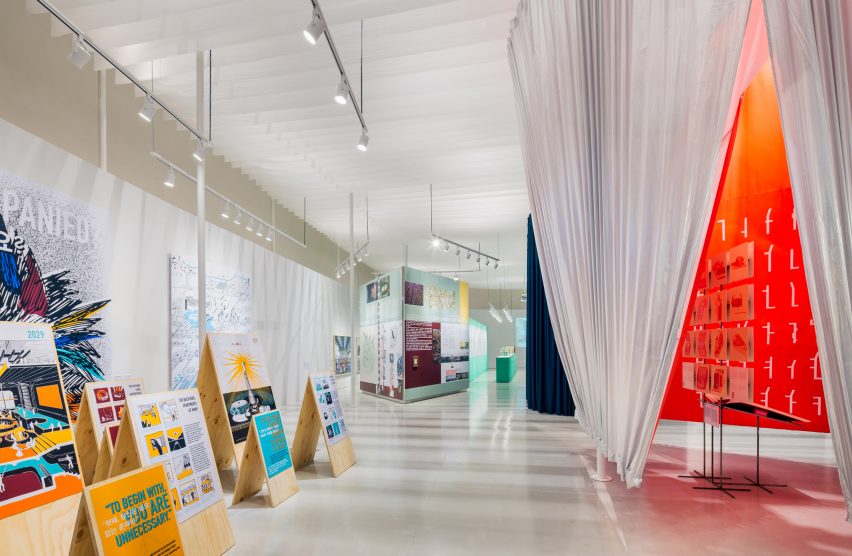
Thematic exhibition explored the "collective city" at the Seoul Biennale 2019
Dezeen promotion: this year's thematic exhibition at the 2019 Seoul Biennale of Architecture and Urbanism looked at how a "collective" practice can challenge the way cities are developed.
Titled Collective City, the thematic exhibition was curated by Beth Hughes, current head of programme for architecture at London's Royal College of Art.
It ran as part of this year's Seoul Biennale of Architecture and Urbanism, which took place from 7 September until 10 November 2019.
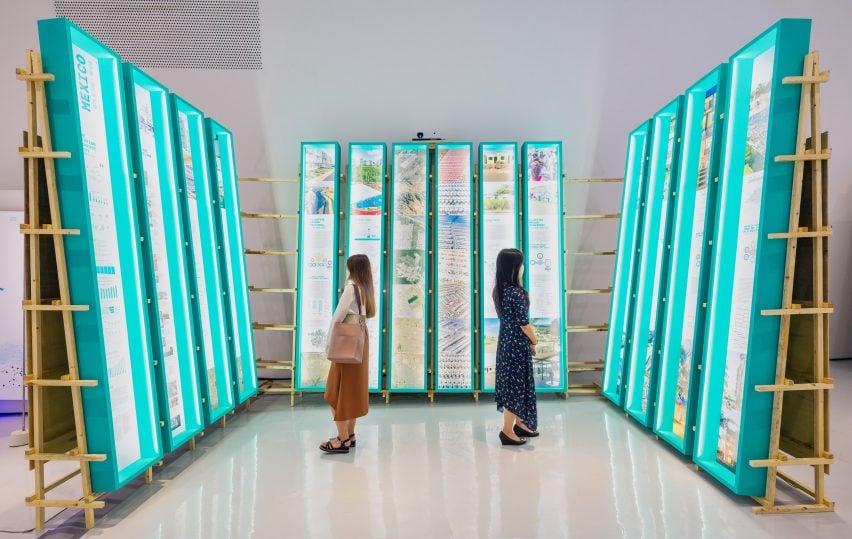
According to the co-directors Francisco Sanin and Jaeyong Lim, the theme Collective City was "an invitation to radically reimagine the structure of our cities".
The thematic exhibition looked at the ways in which modes of collective practice and action can challenge how cities are currently being developed, in a bid to move away from capital gain through real-estate and the commodification of land, and towards viewing the city as a "shared investment".
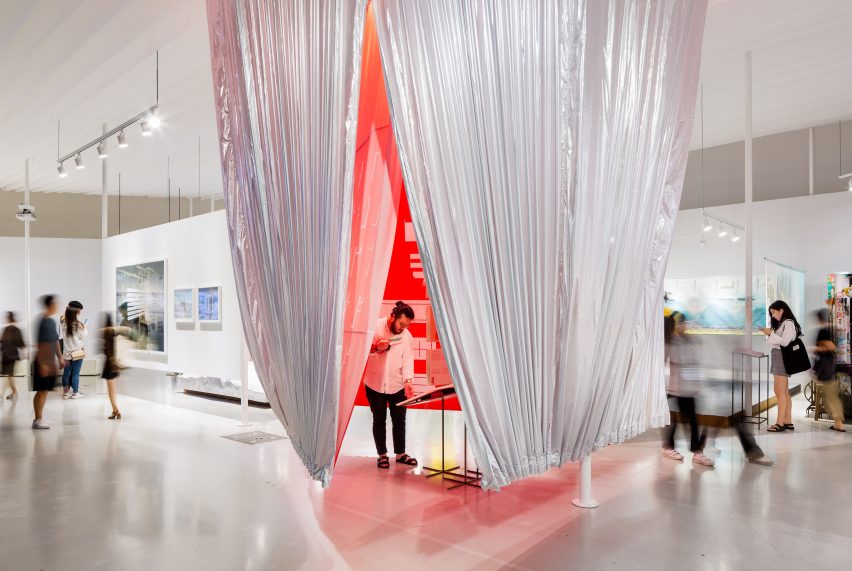
The exhibition was reflective of the themes at the biennale as a whole, which included new models of co-existence, social practice, governance, research and speculation, alternative concepts of architecture, the city and the environment.
The biennale brought together examples of strategies and projects that aim to reclaim the city as a "collective artefact", and to question the role of architecture in this.
Together they presented critiques on the contemporary processes of urbanisation, forms of activisms, material and production methods and new forms of tenure and land ownership.
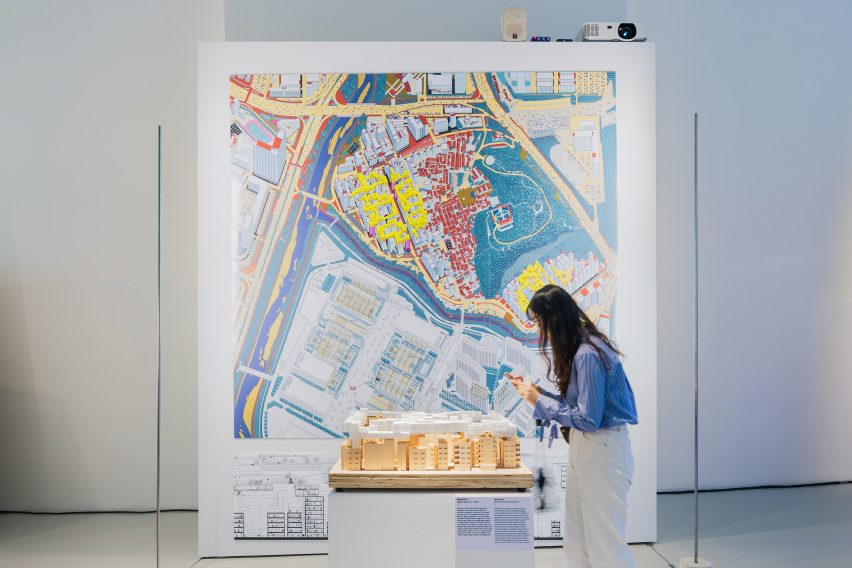
Participating architects came from all around the world. They included London firm Tony Fretton Architects, which presented a film Buildings and their Territories that explored a number of its public buildings and housing projects.
Tokyo-based architecture studio Atelier Bow-Wow presented a project on agriculture and housing in rural contexts, while French studio NP2F Architectes presented its research on the stadium typology.
South Korean participants included Eunkyung Lee, who presented several collective housing projects in Korea, alongside projects from Jo Jinman Architects and SAAI.
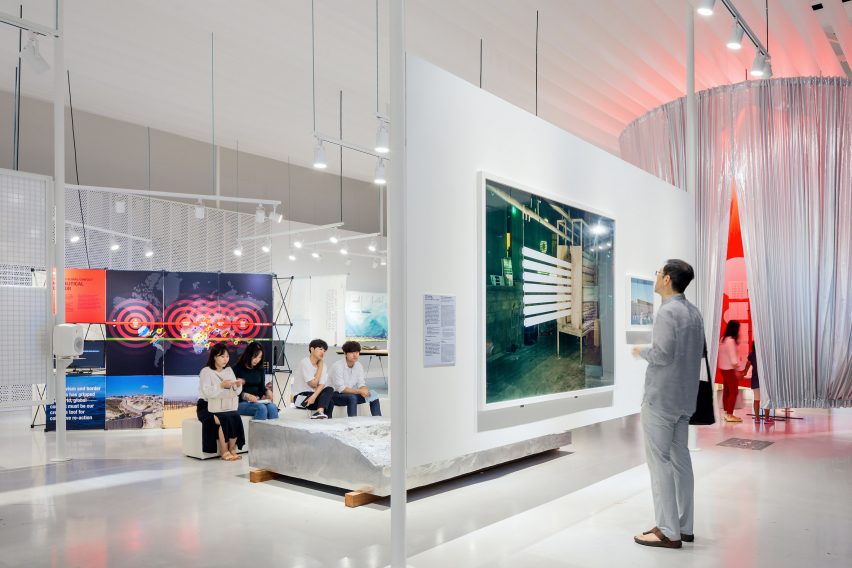
Other contributors included London-based research group Forensic Architecture, which exhibited a project on the destruction of Yazidi heritage.
Dutch artist Bas Princen, Madrid architecture studio Amid.cero9, Bahrain-based Noura Al Sayeh & Anne Holtrop, American architect Keller Easterling, Palestinian studio DAAR and Spanish architect Andres Jaques, also contributed.
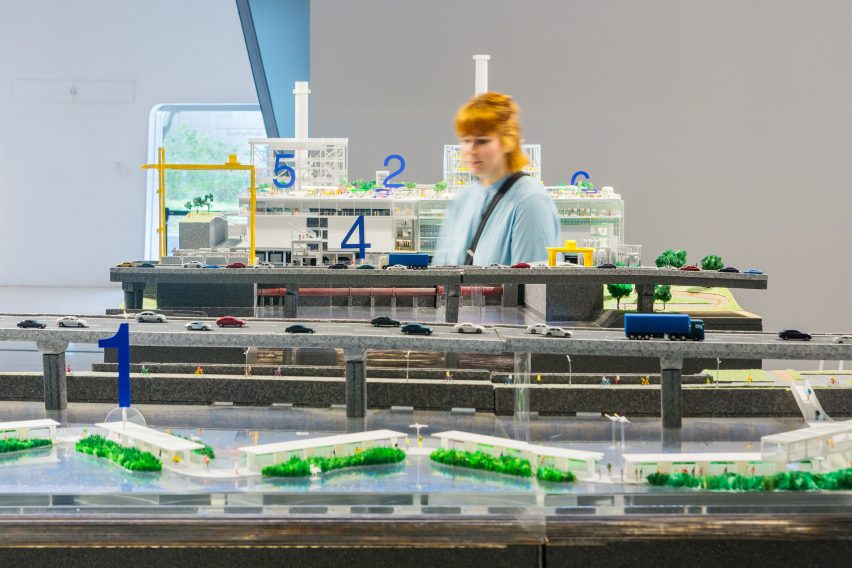
Architects Alejandro Echeverri and Jorge Pérez-Jaramillo displayed their Two Transformation Strategies research project that looked into the collective transformation process of Medellín, a city in Columbia, over the past twenty years.
The project explored the results achieved through two contrasting approaches – large-scale urban and metropolitan planning versus a small-scale "social urbanism" strategy that uses collaborative processes with the community to improve their everyday lives.
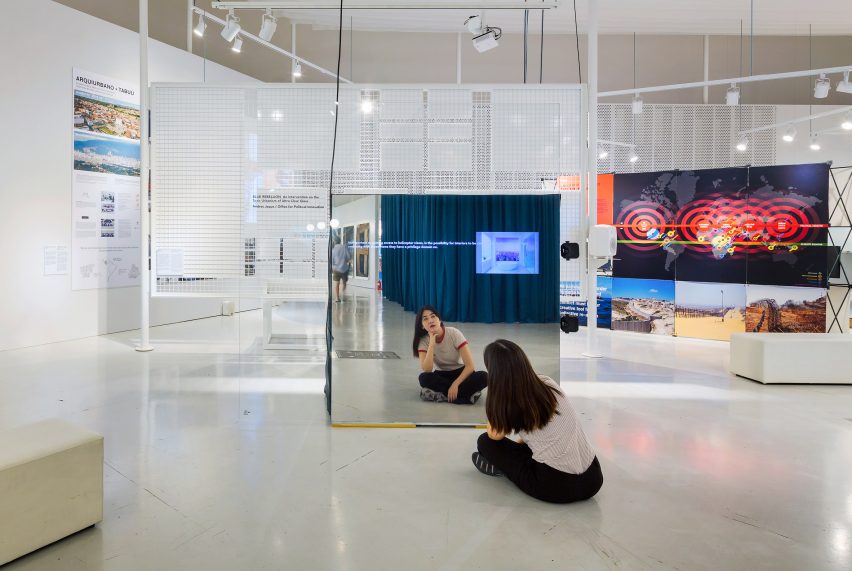
Hughes chose to position each of the projects in close proximity to one another in one continuous space to allow visitors to make connections between them.
"The curatorial project juxtaposed research and propositions from diverse scales and forms of global action, imbricating possibly dissonant epistemologies," explained the organisers.
"The potential richness and legacy of the biennale is what can be revealed at the intersection of these conflated scales and practices."
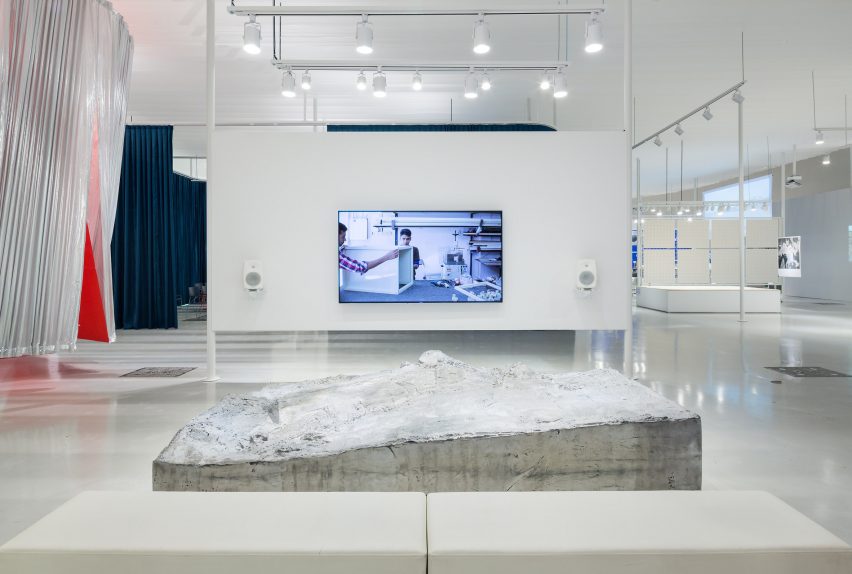
"There is no defined sequence of experience or orientation, rather the exhibition is intended as an immersion within the many scales and forms of action currently active in the global practice of architecture and urbanism," explained the curatorial team.
"In this saturated space, the viewer can navigate their own encounter to best understand the challenges facing our world today, the urgent need for transformation of our occupation of the planet, and the potential of architecture and form to engage meaningfully within that context."
For more information about the 2019 Seoul Biennale, visit the event's website and on Instagram.
Photography is by Tae Yoon Kim.
Seoul Biennale team:
Co-directors: Francisco Sanin + Jaeyong Lim
Thematic curator: Beth Hughes
Associate curator: Hyoeun Kim
Assistant curator: Livia Wang, Jeffrey Kim, Yoojin Kim
Film researcher: Anna Livia Voersel
Exhibition design: Francisco Sanin & Beth Hughes with Isabel Ogden
Exhibition coordinator: Heejung Hwang